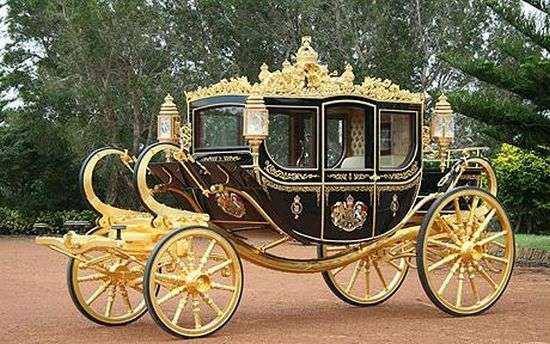Booklet: Europa (C.E.P.T.) 2020 - Ancient Postal Routes (Bulgaria 2020)
Europa (C.E.P.T.) 2020 - Ancient Postal Routes (Bulgaria 2020)
29 June (Bulgaria ) within release Europa (C.E.P.T.) 2020 - Ancient Postal Routes goes into circulation Booklet Europa (C.E.P.T.) 2020 - Ancient Postal Routes face value 13.60 Bulgarian lev
| Booklet Europa (C.E.P.T.) 2020 - Ancient Postal Routes in catalogues | |
|---|---|
| Colnect codes: | Col: BG 2020-07BK |
Booklet is square format.
Booklet containg four vertical pairs of stamps se-tenant. One pair is imperf horzontal, one pair has perforations only on left side, one pair is completely imperforate, and the final pair is perforated on the right side only.Also in the issue Europa (C.E.P.T.) 2020 - Ancient Postal Routes:
- Se-tenant - Europa (C.E.P.T.) 2020 - Ancient Postal Routes face value 3.40;
- Stamp - Map and Mail Coach face value 1.10;
- Stamp - Map and Fortress face value 2.30;
- Booklet - Europa (C.E.P.T.) 2020 - Ancient Postal Routes face value 13.60;
- Mini Sheet - Europa (C.E.P.T.) 2020 - Ancient Postal Routes KB face value 13.60;
- Souvenir Sheet - Europa (C.E.P.T.) 2020 - Ancient Postal Routes face value 3.40;
- Stamp - Map and Mail Coach face value 1.10;
- Stamp - Map and Mail Coach face value 1.10;
- Stamp - Map and Mail Coach face value 1.10;
- Stamp - Map and Mail Coach face value 1.10;
- Stamp - Map and Fortress face value 2.30;
- Stamp - Map and Fortress face value 2.30;
- Stamp - Map and Fortress face value 2.30;
- Stamp - Map and Fortress face value 2.30;
- Stamp - Map and Mail Coach face value 1.10;
- Stamp - Map and Mail Coach face value 2.30;
- Stamp with Attached Label - Map and Mail Coach face value 2.30;
- Gutter Pairs - Map and Mail Coach face value 2*2.30;
Booklet Europa (C.E.P.T.) 2020 - Ancient Postal Routes it reflects the thematic directions:
A carriage is a two- or four-wheeled horse-drawn vehicle for passengers. Second-hand private carriages were common public transport, the equivalent of modern cars used as taxis. Carriage suspensions are by leather strapping or, on those made in recent centuries, steel springs. Two-wheeled carriages are usually owner-driven.
A fortification (also called a fort, fortress, fastness, or stronghold) is a military construction designed for the defense of territories in warfare, and is used to establish rule in a region during peacetime. The term is derived from Latin fortis ("strong") and facere ("to make").
The horse (Equus ferus caballus) is one of two extant subspecies of Equus ferus. It is an odd-toed ungulate mammal belonging to the taxonomic family Equidae. The horse has evolved over the past 45 to 55 million years from a small multi-toed creature, Eohippus, into the large, single-toed animal of today. Humans began to domesticate horses around 4000 BC, and their domestication is believed to have been widespread by 3000 BC. Horses in the subspecies caballus are domesticated, although some domesticated populations live in the wild as feral horses. These feral populations are not true wild horses, as this term is used to describe horses that have never been domesticated, such as the endangered Przewalski's horse, a separate subspecies, and the only remaining true wild horse. There is an extensive, specialized vocabulary used to describe equine-related concepts, covering everything from anatomy to life stages, size, colors, markings, breeds, locomotion, and behavior.
A map is a symbolic depiction emphasizing relationships between elements of some space, such as objects, regions, or themes. Many maps are static, fixed to paper or some other durable medium, while others are dynamic or interactive. Although most commonly used to depict geography, maps may represent any space, real or imagined, without regard to context or scale, such as in brain mapping, DNA mapping, or computer network topology mapping. The space being mapped may be two dimensional, such as the surface of the earth, three dimensional, such as the interior of the earth, or even more abstract spaces of any dimension, such as arise in modeling phenomena having many independent variables. Although the earliest maps known are of the heavens, geographic maps of territory have a very long tradition and exist from ancient times. The word "map" comes from the medieval Latin Mappa mundi, wherein mappa meant napkin or cloth and mundi the world. Thus, "map" became the shortened term referring to a two-dimensional representation of the surface of the world.



